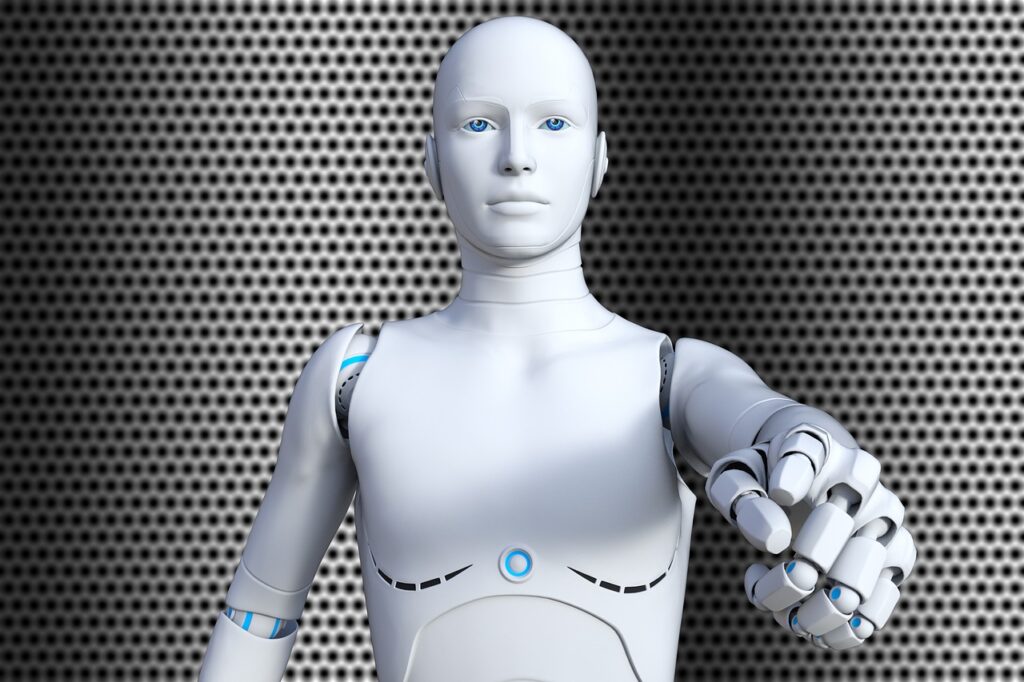
There was an underlying problem with teachers not feeling appreciated and lacking autonomy, which resulted in a high teacher turnover (Aragon, 2016; cited in Edwards and Cheok, 2018). One possible solution of this was introducing robots into school settings to help in the classrooms, potentially even having robot teachers’ full time.
The video from 2018 shows children being introduced into the classroom, acting as teaching assistants. The video stated that they are helpful in the classroom because the robots are programmed to retain so much information to teach the children what they need to know quickly and repeat as many times as possible without embarrassment for the learner. Whereas with a human, it can be embarrassing to admit that after numerous, attempts, they still do not understand. The robots enable children to work at their rate without feeling like being left behind.
There is the argument that robots should be placed in social roles if they outperform humans (Selwyn, 2019; Sharkey, 2016). Robots can be programmed to know everything. Therefore, if learning is from a behaviourist perspective of input of information, then robots outperform humans. Hartsell (2006) states that educational software was impacted by behaviourism, and learning occurs when there is a stimulus reaction. Therefore, merely replacing a teacher with a robot is like traditional teaching, but learners receive an instant response.
Another reason for implementing robots is to cut down costs. Claims predicted that there would be cost reductions if there were an investment in robots instead of humans (Sharkey, 2016). Movellan et al (2009) also investigated having robots helping with toddler’s vocabulary skills by singing, dancing, and playing physical games with them. They concluded that these low-cost sociable robots might be an effective way of helping with early childhood education. It shows that robots can also adopt a constructivist role. An illustration of learning in this manner with technology are collaborative games (Selwyn, 2016). This approach advances a pleasant method of developing new information, investigating, and choosing freely instead of being told. The research from Movellan et al (2009) therefore shows a constructivist approach to learning with robots.
There were doubts in the past about having robots in educational settings. Back in 2012, there was a European survey to find out what people thought of robots, and it resulted in 34% believing that robots should not be allowed in educational settings, and only 3% agreed with the idea of robots in education (Eurobarometer; cited in Sharkey, 2016). Consequently, the public was not open to the idea of technology taking control over giving an education. Moreover, Sharkey (2016) noted that designing robots to have the right personality to suit a teacher role is challenging. the bad opinions on robots make it seem like they would not work out in educational settings universally.
However, Edwards and Cheok, 2018) raised the point that robots can interact with learners without human emotions taking over. Robots do not have other life factors like teachers do, and will not become overwhelmed or stressed, making robots useful. Nonetheless, robots had started to progress to a point where they can do the same roles as humans, so it is essential to evaluate ethical repercussions (Sharkey, 2016). There was also the problem of individuals becoming too attached to a robot if they look very similar to humans. In terms of schooling, introducing robots allows robots to oversee human beings and in particular, children (Sharkey, 2016). Furthermore, considering the issue of privacy is needed, as robots must store information into their memory, such as interactions between children; what they do when the robot is around (Sharkey, 2016).
Even though previously there were mixed reviews about whether robots should be in classrooms, studies such as Movellan et al (2009) have shown that they can be effective and have a role in education today, to help battle the problem of dissatisfaction in the job teaching.
